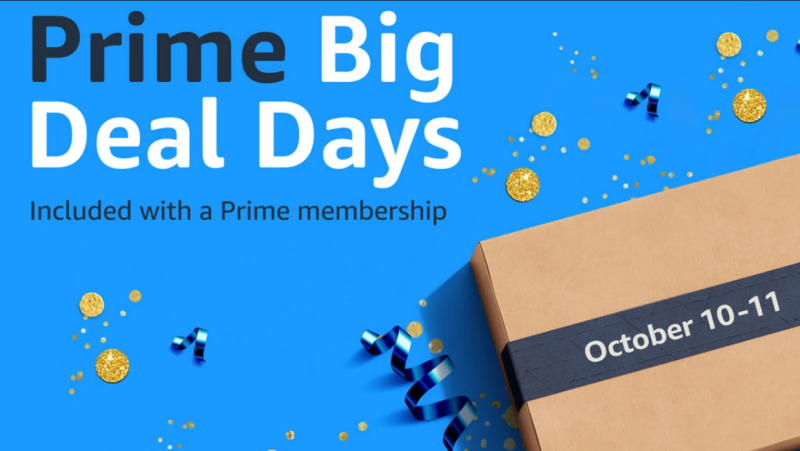A closer look at Prime Big Deal Days
The date for Amazon’s Prime Day sales extravganza has been set, and the event is worth carefully analyzing.
In a previous column, I discussed how the apparent enshrinement of Prime Big Deal Days as an annual fall event is impacting retail. And I’ll stand by my assertions that shoppers like sales promotions, Black Friday now starts in October, and Amazon is the top trendsetting retailer.
But those were surface observations. This week, I’d like to delve a little deeper into some interesting signals Prime Big Deal Days is sending.
E-commerce isn’t just for online storefronts
In a recent column on TikTok’s debut as a U.S. e-commerce platform, I commented that with its focus on directly selling to viewers via shoppable videos and livestreams, TikTok is attempting to move online consumers further away from shopping at web stores and toward engaging with videos.
Amazon’s varied offering of digital commerce touchpoints for consumers to make Prime Big Deal Days purchases reinforces the growing importance of channels outside traditional transactional shopping websites and apps to e-commerce.
Ahead of the event, Amazon is offering curated shopping lists from influencers such as Olivia Culpo and Claudia and Margo Oshry of the “Girl with No Job” Instagram account and “The Toast “podcast . Influencers will also offer curated shopping opportunities via the Amazon Live livestream platform.
Digital commerce is growing, not just in popularity but in the diversity of platforms supporting it. Consumers are spending an increasing amount of time engaging with digital channels such as video and social media, and retailers inevitably are following.
The socialization of retail websites
The influence of emerging shopping channels such as social media is even being felt within retailers’ e-commerce sites. In its promotion of Prime Big Deal Days, Amazon pointed out that influencers will also provide purchase suggestions on Amazon Inspire, a personalized feed of shoppable videos and photos within the Amazon app.
When customers see an item in the Inspire in-app shopping experience, they can shop for it in real time on Amazon. In a few clicks, customers can tap on a video or photo to see product details and then add it to their cart.
Inspire is designed to learn more about a customer’s preferences through their interests and engagement to continue tailoring their feed of shoppable content. Amazon plans to add more shoppable features, in-app functionality, and content, with the goal of building a more immersive shopping experience for customers.
Chief Amazon rival Walmart is also aiming for a more social media-like shopping experience during its competing October “Walmart Deals – Holiday Kickoff” sales blowout, which includes curated shopping lists from influencers.
Subscriptions are big business
Sales extravganzas like Prime Big Deal Days also serve as promotional and recruitment events for retailers’ subscription and loyalty programs, which often charge a monthly or annual fee.
Amazon Prime Big Deal Days is only open to members of the Prime paid subscription program, and Target’s October Circle Week promotion and seasonal Deal of the Day offering (beginning Oct. 1) require belonging to the free Target Circle loyalty program.
Meanwhile, Best Buy restricts some of its October holiday savings opportunities to participants in its Totaltech paid annual membership program, although some discounts are open to all customers. Only Walmart makes all of its Holiday Kickoff offers available to the public.
Beyond annual fees (which may be mitigated by free shipping perks), subscription programs offer retailers like Amazon a customer base with higher rates of retention, conversion, visits, and spending. What company wouldn’t want to host an event to promote them?







